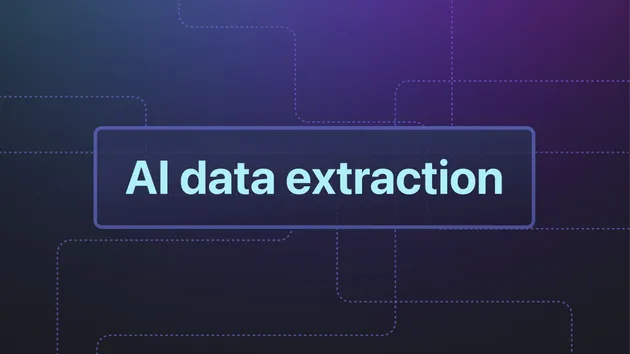AI Website Content Markdown Scraper
Pay $10.00 for 1,000 results
AI Website Content Markdown Scraper
Pay $10.00 for 1,000 results
This Apify Actor, "Website Content Crawler with Markdown Extraction," is designed to perform a comprehensive crawl of specified websites, extract their text content, convert it into Markdown format, and store it in a structured dataset. The extracted content is suitable for feeding LLMs.
Selenium & Chrome template
A template example built with Selenium and a headless Chrome browser to scrape a website and save the results to storage. The URL of the web page is passed in via input, which is defined by the input schema. The template uses the Selenium WebDriver to load and process the page. Enqueued URLs are stored in the default request queue. The data are then stored in the default dataset where you can easily access them.
Included features
- Apify SDK for Python - a toolkit for building Apify Actors and scrapers in Python
- Input schema - define and easily validate a schema for your Actor's input
- Request queue - queues into which you can put the URLs you want to scrape
- Dataset - store structured data where each object stored has the same attributes
- Selenium - a browser automation library
How it works
This code is a Python script that uses Selenium to scrape web pages and extract data from them. Here's a brief overview of how it works:
- The script reads the input data from the Actor instance, which is expected to contain a
start_urlskey with a list of URLs to scrape and amax_depthkey with the maximum depth of nested links to follow. - The script enqueues the starting URLs in the default request queue and sets their depth to 1.
- The script processes the requests in the queue one by one, fetching the URL using requests and parsing it using Selenium.
- If the depth of the current request is less than the maximum depth, the script looks for nested links in the page and enqueues their targets in the request queue with an incremented depth.
- The script extracts the desired data from the page (in this case, titles of each page) and pushes them to the default dataset using the
push_datamethod of the Actor instance. - The script catches any exceptions that occur during the web scraping process and logs an error message using the
Actor.log.exceptionmethod.
Resources
- Selenium controlled Chrome example
- Selenium Grid: what it is and how to set it up
- Web scraping with Selenium and Python
- Cypress vs. Selenium for web testing
- Python tutorials in Academy
- Video guide on getting scraped data using Apify API
- A short guide on how to build web scrapers using code templates:
Getting started
For complete information see this article. In short, you will:
- Build the Actor
- Run the Actor
Pull the Actor for local development
If you would like to develop locally, you can pull the existing Actor from Apify console using Apify CLI:
-
Install
apify-cliUsing Homebrew
brew install apify-cliUsing NPM
npm -g install apify-cli -
Pull the Actor by its unique
<ActorId>, which is one of the following:- unique name of the Actor to pull (e.g. "apify/hello-world")
- or ID of the Actor to pull (e.g. "E2jjCZBezvAZnX8Rb")
You can find both by clicking on the Actor title at the top of the page, which will open a modal containing both Actor unique name and Actor ID.
This command will copy the Actor into the current directory on your local machine.
apify pull <ActorId>
Documentation reference
To learn more about Apify and Actors, take a look at the following resources:
Actor Metrics
53 monthly users
-
19 stars
>99% runs succeeded
Created in Jun 2024
Modified a day ago
 AI_Builder
AI_Builder

